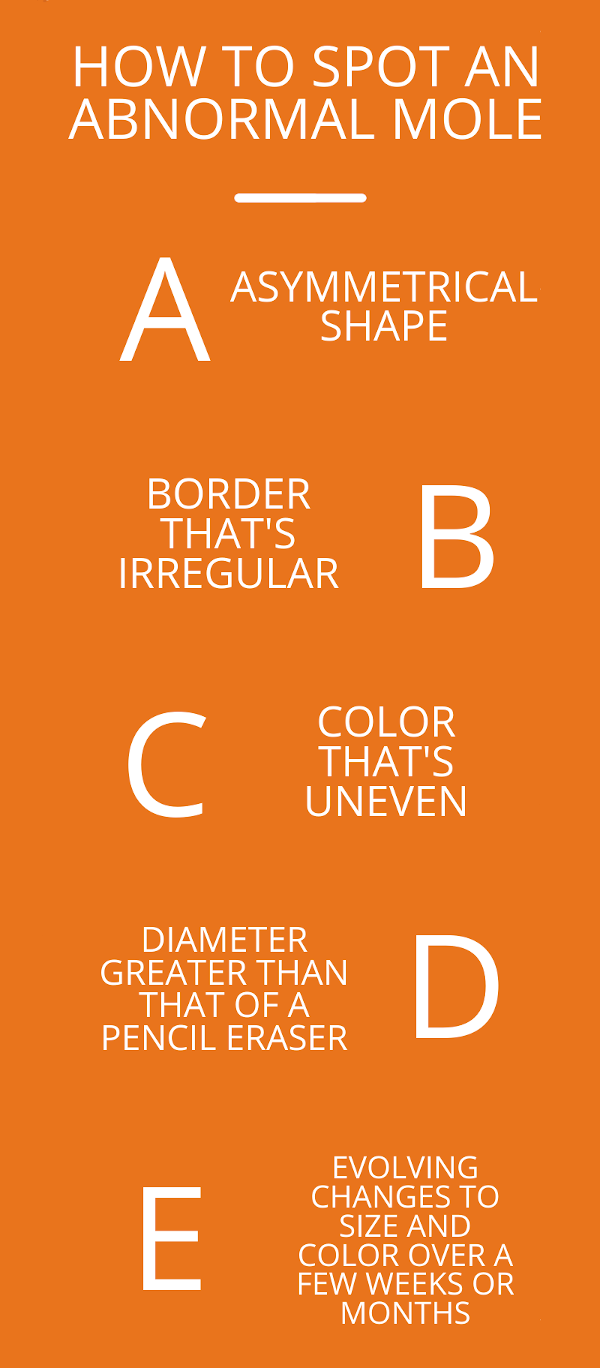Melanoma cases decreasing among those under 30
|
According the American Academy of Dermatology, skin cancer is the most common type of cancer in the U.S. The most serious type of skin cancer, melanoma, causes over 9,000 deaths each year. The overall rate of the disease has been steadily increasing since 2001, but a recent study by JAMA Dermatology has found some promising news: melanoma cases are decreasing among younger generations. |
More posts like this Helping your patients quit during the Great American Smokeout |
Melanoma rates differ by age
What's causing a drop in melanoma for people age 10-30?
The reason for lower rates of melanoma among young adults and adolescents is not clear. The data analyzed in the JAMA study did not include information about the patients’ skin color, sunburn history, tanning bed use, or sun protective behaviors. Jennifer Gardner, M.D., co-senior editor of the study, believes that education is the key to these lower rates. Gardner is a clinical assistant professor of dermatology at the University of Washington School of Medicine in Seattle. “We do think that public health campaigns over the past decade emphasizing skin cancer prevention strategies are a plausible explanation for this downturn in melanoma,” Gardner says.
Sun-protective behaviors may be the key
In the study, researchers point to Australia, which has also experienced a decrease in melanoma cases among the younger population starting in 1988, following public health campaigns there that helped increase sun-protective behaviors. A 2018 Australian study involving 1,700 people ages 18 to 40 found that using sunscreen regularly in childhood reduces the risk of melanoma by about 40% compared with never using it. “Most people who are now in their 40's and 50's didn’t grow up using sun protection regularly, and as result, many experienced multiple sunburns during childhood,” Gardner says. “But when I ask parents who have young children now how many sunburns their children have had, the answer is almost always zero.”
When AllWays Health Partners launched our customer loyalty program, the goal was to thank long term customers and also encourage healthy behaviors. So offering qualifying members free CVS®-brand sunscreen every year was a no-brainer. (Starting on the 25th month of consecutive coverage, fully insured employers with 51+ eligible employees can also offer their employees one free pair of New BalanceTM shoes and $60 voucher for healthy meals from Home ChefTM every year.)
Other factors decreasing melanoma
Also contributing to the lower rate of melanoma among the younger population is the decreasing popularity of tanning beds. According to the Centers for Disease Control and Prevention, in 2017 only 5.6% of teens reported using an indoor tanning device in the previous year, down from 15.6% in 2009. Again, education about sun protective measures is likely the reason for this increase. “Younger generations are more informed and aware of the risks of sunburns and tanning beds, and I think legislation restricting tanning bed use among minors has also played an important role,” says Eleni Linos, M.D., professor of dermatology at Stanford University in California.
The most modifiable risk factor of melanoma is minimizing exposure to ultraviolet light, meaning that if the younger generations continue to be vigilant about sun protection, they will continue to have lower rates of melanoma. In the future, this may lead to the overall rate of melanoma in the U.S. decreasing every year instead of increasing.
Melanoma prevention and detection
Just because summer is over doesn’t mean you and your patients can forgo the sunscreen. Ultraviolent light can still damage skin even in winter, so it’s always a good idea to go out with sunscreen or a moisturizer with SPF on uncovered skin.
In addition, you can talk to your patients know the ABCDE guidelines of what to look out for in their moles:

